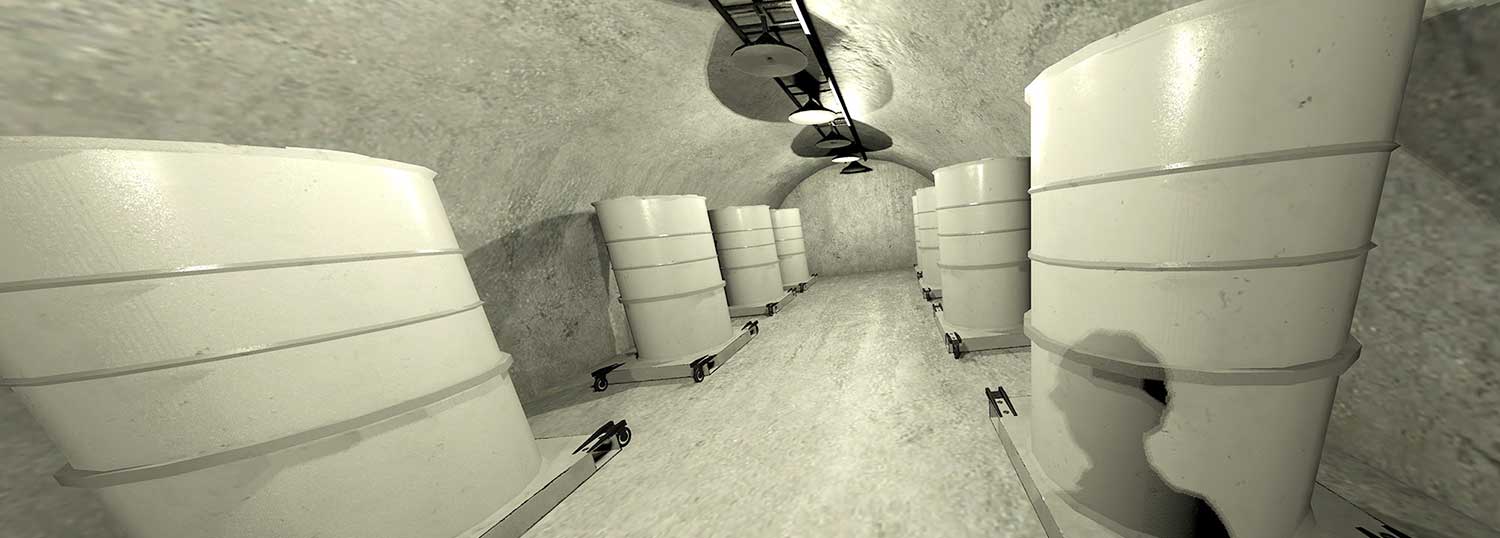Q Nowadays, when North Korea conducts a nuclear or missile test, how do you find out about it?
A Typically it will happen early in the morning there, which is late afternoon or early evening in California. Most of the time I find out about it on Twitter. If it’s a nuclear test, then the very first thing I look at is seismic data. Underground nuclear testing often presents just like a small earthquake. I can look at the US meteorological service, at Japanese and Korean and Chinese seismic systems, and at what the Comprehensive Test-Ban Treaty Organization puts out as well. I actually have an alert set up on my phone to let me know whenever there is an earthquake in the part of the province of North Korea where they do their nuclear testing. But I still find out on Twitter first, usually.
If it’s a missile test, I look for information about where it was launched, how far it went, and how high it went—and from there I can make a good guess about what kind of missile it was. If it’s an intermediate or intercontinental ballistic missile, we might get a good sense of the acceleration and range. Most of North Korea’s missiles are road mobile, so they can be launched from anywhere. But they have some favorite places, and we remember those places. If the missile test was successful, we’ll usually get images the next day in state media. We might see a photograph, especially if Kim Jong-un was there, and he usually is these days. Then we’ll get photographs of them preparing for the launch and doing a launch. We may even get a video.
If there are photographs, we can confirm the missile type and whether we’ve seen it before. We can take measurements inside the photographs. It’s a bit tedious, and you have to be pretty careful, because a photograph is a two-dimensional representation of a three-dimensional thing. But at the end of the day what you’re really doing is counting pixels. We can learn the length of something or its diameter. That’s important for missiles, because it can tell us how big the engine is and how big the fuel and oxidizer tanks are, if it’s a liquid fuel missile. If it’s a solid fuel missile, it tells us how big the motor is. And, of course, we want to measure for how big the warhead is. If we have a video, then we can measure how far the missile has advanced on each frame of the video. Once I have the acceleration, we can make good guesses about the thrust.
Q Of all the kinds of open source information available to you, what’s most useful?
A I think of open source as any kind of information that’s not classified or secret—so, in a way, everyone in our field is doing open source research by grabbing a library book. But the tools that are making a big difference in my research are the ones that have transitioned from being only available to governments, and only certain governments, to being consumable by the public. Satellite imagery is probably the best example. It used to be that only the Soviet Union and the US had satellites that could take images of Earth from space. And now it’s not just that more countries can do it, but that companies can do it as well. It’s still expensive, but it’s much, much less expensive than it used to be. Back in the ‘90s one image would cost thousands and thousands of dollars, and now it’s hundreds and hundreds. It creates a more level playing field. And it gives academia and civil society the opportunity to analyze the narrative that is being generated—say, about whether a certain country possesses weapons of mass destruction—and to look for compelling evidence about whether it’s true. That being said, I don’t think you should ever use a single source of information. The trick is to combine many types.
Q Countries that have or want nuclear capabilities usually have some ability and certainly a strong desire to hide their proliferation activity. How much is visible and how much isn’t?
A A lot is visible. Nuclear weapons programs are incredibly complicated and expensive, and you can definitely hide them some of the time. But you can’t hide them all of the time and you can’t hide them from everyone. Having open source researchers not just inside intelligence agencies but also in civil society means there are more people looking, and it increases the cost of having a secret or illicit kind of program. And our ability to detect change or identify objects—which is how we find much of this activity—continues to improve. Most of the time, when I’m looking at satellite images, I’m looking to see if something has changed. Did this cooling stack have steam coming out of it, or did it stop? Did the cars move? Did the gates open and close? When we think of satellite imagery, mostly what we see is light from the sun that is reflected as red, green, or blue into our eyeballs. And we see it that way because that’s what our eyes, our sort of homemade sensors, can see. But there are many more bands of light that our eyes can’t see that still can give us important information. I can use tools to process different wavelengths of light. Near infrared light can help me see healthy vegetation. Environmental and agricultural groups have been using this information for years to understand crop health and deforestation. But its original discovery was in the military to look for camouflage or to see when a missile has burned or disrupted the vegetation.
“NUCLEAR WEAPONS PROGRAMS ARE INCREDIBLY COMPLICATED AND EXPENSIVE, AND YOU CAN DEFINITELY HIDE THEM SOME OF THE TIME. BUT YOU CAN’T HIDE THEM ALL OF THE TIME AND YOU CAN’T HIDE THEM FROM EVERYONE.”
Meanwhile, there are more sensors in the commercial sector than ever before. We are starting to get access to hyperspectral information and radar now, though it remains expensive and there are few people in the open source world trained to use it. Synthetic aperture radar from Airbus’s Terra-SAR-X sensor means I can “see” without the benefit of sunlight. Clouds, fog, and night are no longer obstacles. Occasionally we can even see through a roof. We also have the rise of constellations of sensors and video from space. Companies like Planet now take images of nearly every place on earth every single day.
We also have new tools to analyze visual data. We are starting to use machine learning to understand and detect surface to air missiles around the world, for example. As a human I can do that, and I can be very systematic. But I would still be searching slowly across terrain for the specific pattern. And every day I would have many, many more images to search through. So it’s really powerful to know that soon machine learning will help us identify more and more objects.
Q These capabilities seem especially important in the case of North Korea, given how idiosyncratic their nuclear program is.
A That’s one reason why North Korea continually gets underestimated. They’re not doing it the way other countries did it. We keep trying to measure them with that same ruler, and when we do that it always seems like they’re coming up short. But they’re not. They’re just doing it differently. It may not be the most efficient or accurate way of producing a nuclear weapons program, but they’re getting it done. And they’re doing it despite sanctions, despite trade interruptions, despite their ships being boarded. They are using a vast and really crafty network of individuals and front companies all over the world to get the data, the design information, and the materials they need. They’ve done such a good job that they’ve got much of the manufacturing capability in the country already at this point—and it makes sanctions and export controls even more difficult, because there’s not much left to keep out.






